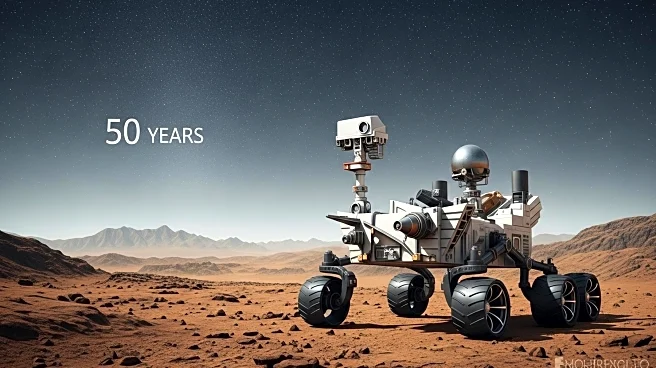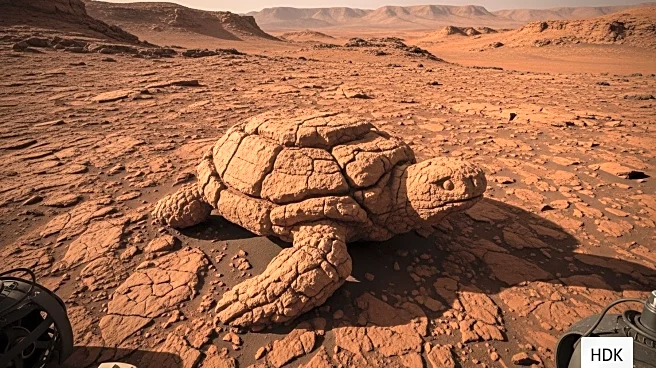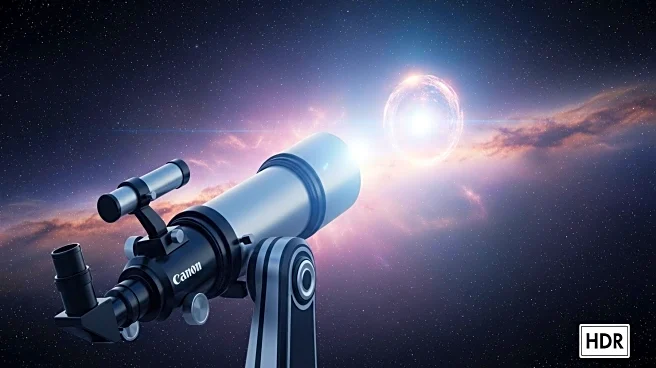What's Happening?
Recent findings suggest that organic molecules detected in the plumes of Saturn's moon Enceladus may be formed through radiation exposure rather than originating from its subsurface ocean. These plumes, discovered by NASA's Cassini spacecraft, emanate from fractures in Enceladus's south polar region. The molecules, initially thought to be prebiotic, could be created by radiation-driven chemistry on the moon's surface. Experiments simulating Enceladus's icy environment showed that radiation could produce molecular precursors to amino acids, challenging assumptions about the moon's habitability.
Why It's Important?
This discovery has significant implications for astrobiology and the search for extraterrestrial life. It suggests that the presence of organic molecules in Enceladus's plumes may not necessarily indicate a habitable environment. This challenges previous assumptions and highlights the need for caution in interpreting data from space missions. Understanding the origin of these molecules is crucial for future explorations and assessments of Enceladus's potential to support life. The findings underscore the complexity of space environments and the need for advanced research to differentiate between surface-formed and ocean-derived organics.
What's Next?
Further data from upcoming missions will be essential to distinguish between molecules formed by radiation and those originating from Enceladus's ocean. A proposed mission to Enceladus is under consideration by the European Space Agency as part of its Voyage 2050 program. This mission could provide more insights into the moon's environment and help refine our understanding of its habitability. Continued research and exploration will be key to unraveling the mysteries of Enceladus and its potential for life.











